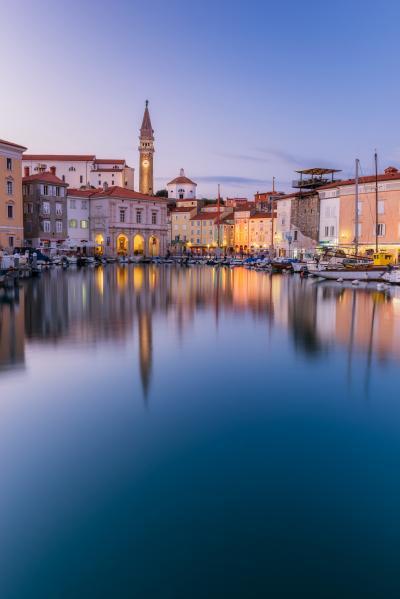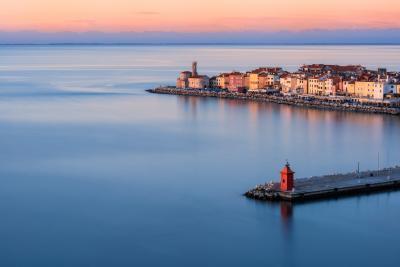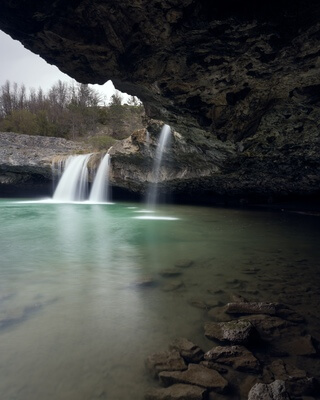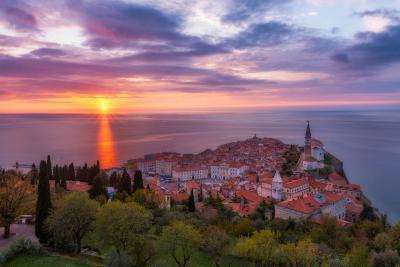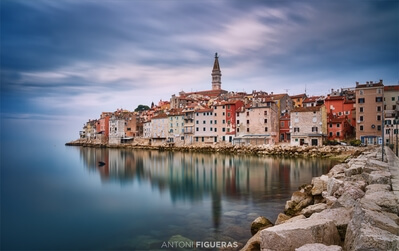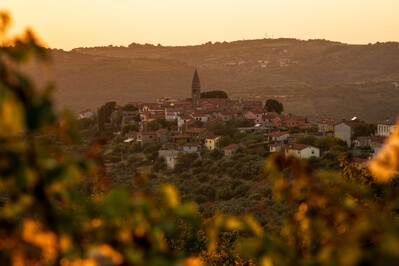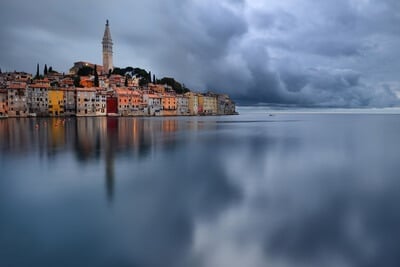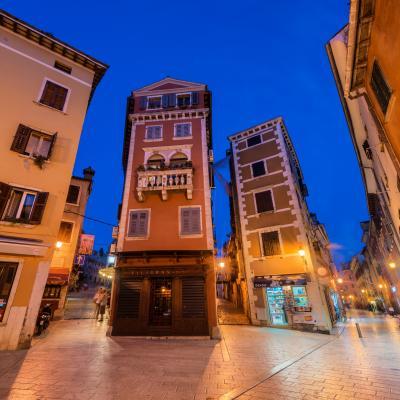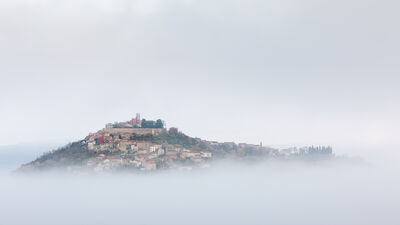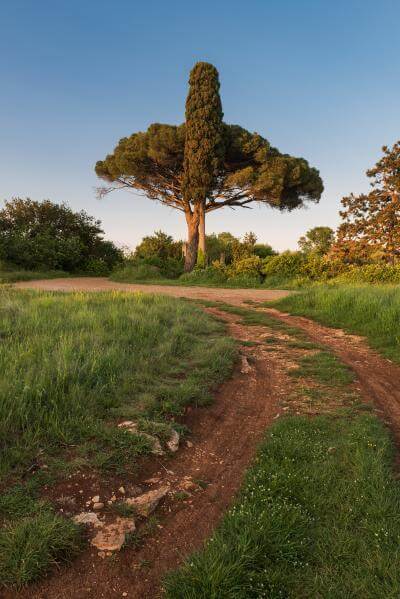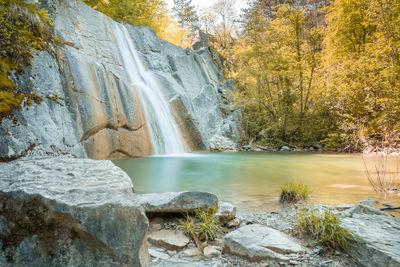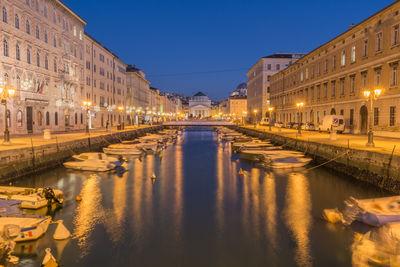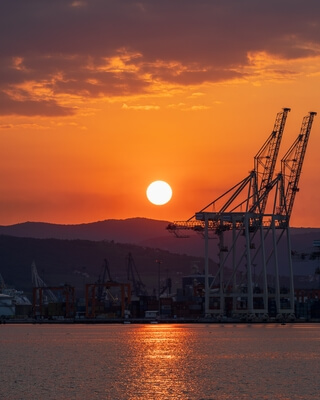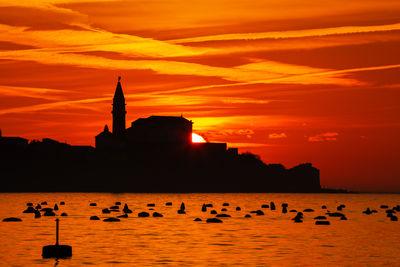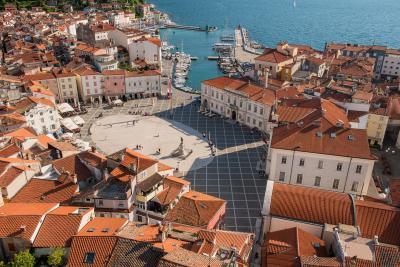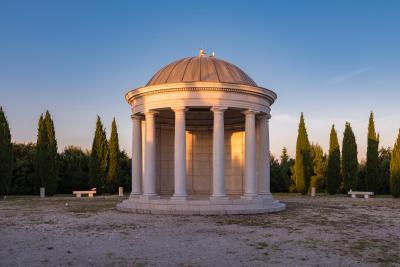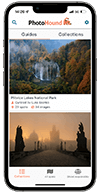The photography guide to Istria
Istria photography guide
Our contributors have added 103 photo spots to this Istria photo guide. Have you discovered an amazing new location in Istria?
Introduction
With its turbulent history and stunning geographical features, Istria offers a diverse range of photographic subjects from historical coastal towns, seascapes and traditional villages to the rolling hills and fertile plains of the interior and many natural attractions, waterfalls and caves. Despite being a hotspot for tourism, you can still witness traditional life; fishermen at work on their boats, farmers in the fields, salt-making and other typical crafts, as well as sampling local cuisine.
Spring is one of the best times to visit. From mid April to mid June, Istria is less busy and very lush. October or November is perfect for autumn colours, with the reds green and golden vineyards, but opportunities abound whenever you visit. High season is July to end of August during the school summer holidays. This is still a good time to visit if you can cope with tourists and hot weather. In winter Istria hibernates - there’s not much going on, which can be great for a photographer, plus the position of the sun is favourable in winter for many locations, such as Piran or Rovinj.
There are few restrictions for photographers other than respecting the guidelines in national parks and usual restrictions re tripods and flash photography in most museums and galleries.
Most popular Istria photo spots
Events
Summer is when most of the Istrian festivals take place. Many of them are aimed at visiting tourists. One of the best is the “Saltpans feast” in Slovenia where you can photograph traditional costumes and watch a demonstration of traditional salt harvesting. Other interesting events are Fishermen’s evening in Rovinj or any grape or olive harvesting events all around Istria.
Top Picks
Organise your trip so you can get the most out of Istria’s diversity and see a bit of everything.
Not to be missed are Rovinj and Piran - two amazingly beautiful coastal towns - to me these two places are among the most photogenic towns in Europe! The other coastal towns such as Poreč, Pula, Koper or Novigrad are also worth exploring if time permits.
For the best seascapes head to Cape Kamenjak on the southern tip of the peninsula. My next favorite location is Savudrija with its jetties and lighthouse. But you’ll find beautiful spots all along the Istrian coastline - just walk away from the most touristy and urban areas.
The interior of Istria is a different world. I discover new places every year when returning to more familiar locations such as Motovun or Grožnjan towns or to the Kraški Rob area.
Travel
Istria is a safe destination for travel in general. You can photograph everywhere in confidence, including at night, but apply usual common sense when out with your camera gear.
Croatia uses the Croatia Kuna currency and Slovenia and Italy are within the Euro zone. Changing money is easy and ATMs are everywhere.
There are border controls between Croatia and Slovenia so always keep your travel documents with you. Sometimes in high season and at weekends the borders are very busy - it is not unusual to wait over an hour to cross! There is no border control between Slovenia and Italy as both countries are in Schengen zone.
Photography
Istria is a very diverse destination where one can photograph multiple subjects. From seascapes and landscapes to medieval cities and traditional life in the countryside. This means a variety of camera gear can be used. So the general advice is to plan for a travel photography trip with an emphasis on tripod work in the cities, along the coast and viewpoints.
Most churches are ok to be photographed inside, but some do not allow tripods. Common sense applies - photograph only if there is nobody praying inside and respect the congregation. Some churches are open for tourists and require an entrance fee (like the basilica in Poreč) but this means you can freely photograph inside. Climb the bell towers of these churches for amazing views over the rooftops and out to sea.
Flying a drone is normally acceptable in Istria but there are some considerations. First, there are a few airports where there is no-fly zone. Piran (Sečovlje airport) is one such example as well as the airport at Pula. It is possible to fly a drone in Piran (avoid flying over urbanised areas) if you fly outside the opening hours of the airport - check their website and call for more info. Nature areas such as Cape Kamenjak, Sečovlje salt pans or Brijuni islands are no-fly zones as well so please respect that. Flying close to the Croatia-Slovenia border is potential trouble as well. It is illegal to fly drones above beaches in the summer season. That said, there are some incredible places to fly a drone so bring it with you and fly it responsibly.
Links
Discover Trieste
Travel resource for Croatian Istria
Slovenian Istria
Best option for transfers between airports and cities in the region
Curated By
Luka Esenko Team
We hope you enjoy this guide to photographing Istria - don't forget to share your images on PhotoHound and tag us on social media using hashtag #photohound
